How religious women cover their heads
-
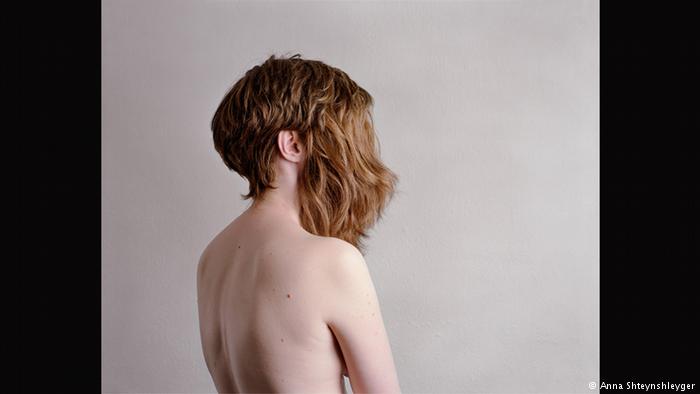
Fake hair: in the self-portrait, "Covered" (2009), Anna Shteynshleyger is wearing two different wigs – an everyday head covering used by religious Jewish women. Through the end of the 17th century, Jewish women wore a "tichel", a headscarf to cover their hair. Once wigs were in fashion, they became the perfect alternative for the "scheitel", the traditional head covering worn by Orthodox women -
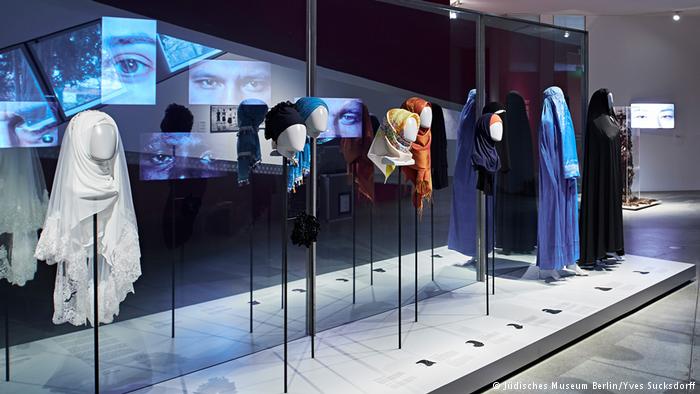
One belief, several religions: short headscarf, long scarf, wound tightly or tucked in at the neck: there are numerous ways that Muslim women cover their hair. But what do these all mean? The exhibition explains the differences, showing which scarves belong to which cultural background and which religious beliefs, as well as their broader meaning. For many strict Muslims, the headscarf is one of Islam's most fundamental rules -
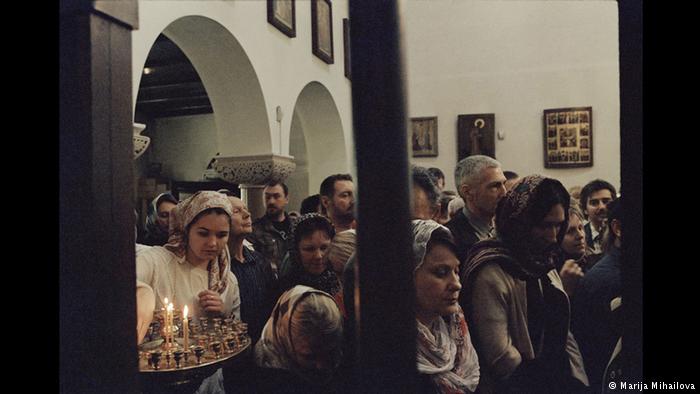
Head-coverings during mass: photographer Marija Mihailova has documented the rituals that take place at the Russian-Orthodox church of Berlin. For mass, the women cover their heads with scarves – an occurrence that has become rare in Catholic and Protestant churches -
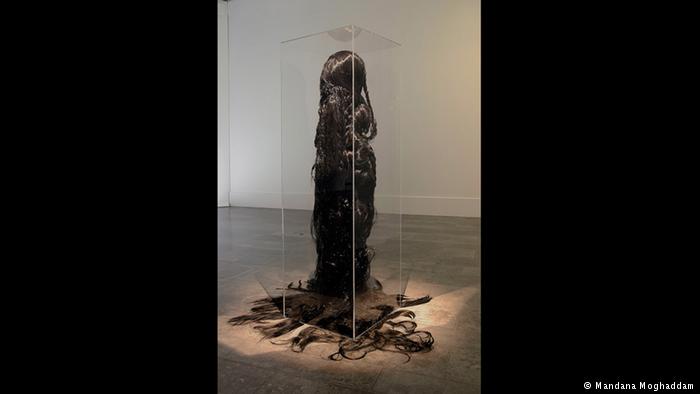
Drowning in hair: long, dark hair is a beauty ideal in many Arab countries, something which is symbolised in this sculpture, "Chelgis I" (2002), by the Iranian artist Mandana Moghaddam. Although the hair is beautiful, it creates a veil that completely hides the identity of the girl beneath. It is a take on a Persian fairytale that tells the story of an imprisoned girl who wears 40 braids -
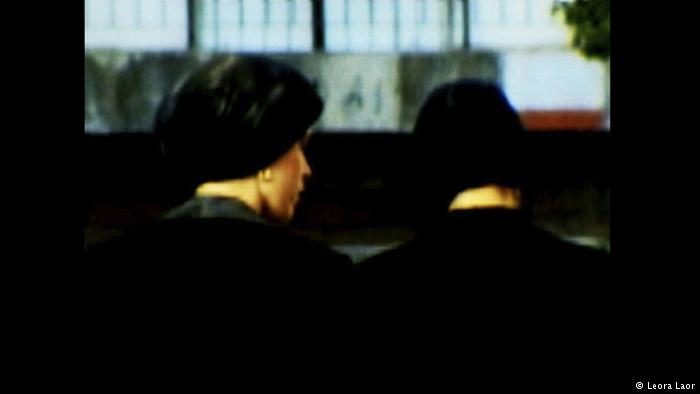
Hair: exclusively for your husband's eyes: the Yiddish word "tichel" refers to a head-covering worn by Orthodox Jewish women, which can be seen documented here in 2001 by photographer Leora Laor while visiting the ultra-Orthodox district of Mea Schearim in Jerusalem. The belief says that after marriage, only a husband may view his wife's hair, which must be covered, either with a headscarf, a wig or other decorative accessories -
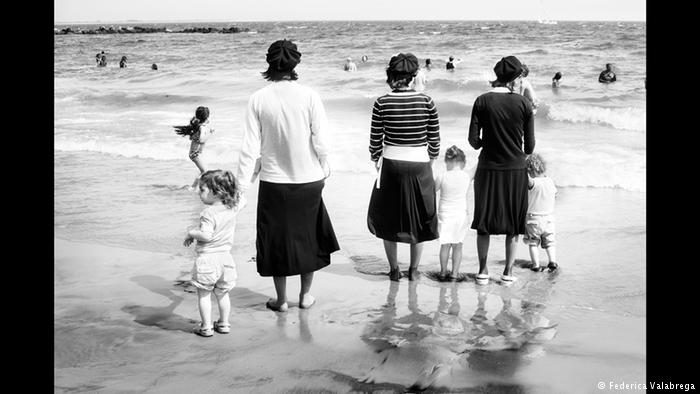
Free room: Jewish women were photographed at the beach on New York's Coney Island in 2011 by Federica Valabrega. Though all of them wore headscarves, their hair peeked out beneath them. Religious rituals are numerous and there is a diversity in how creatively women interpret them -
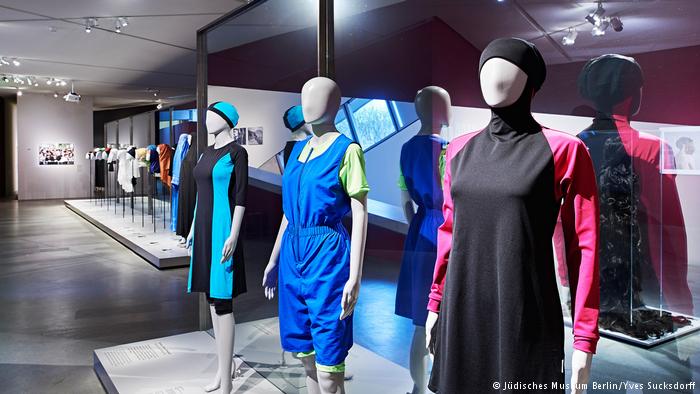
Covered beachgoers: splashing in the sea while remaining true to your beliefs? For many Muslim women, the burkini has made this possible, as it displays very little of the head and body. Yet some in the Western world feel the swimwear is a provocation
https://qantara.de/en/node/29915
Link
To all image galleries